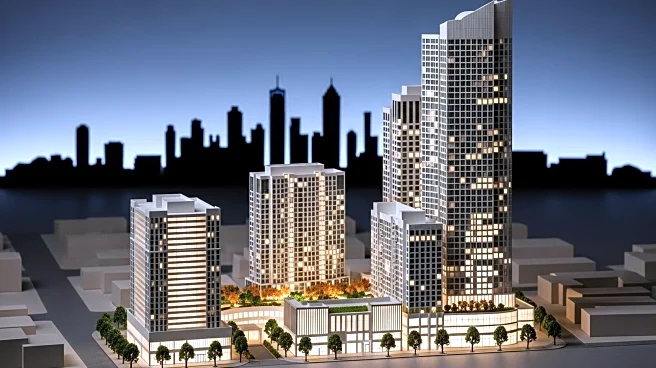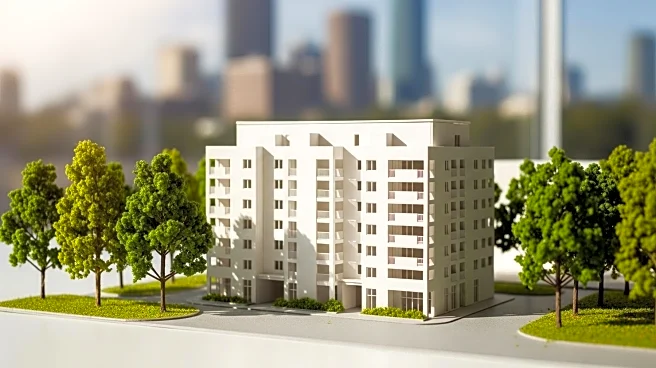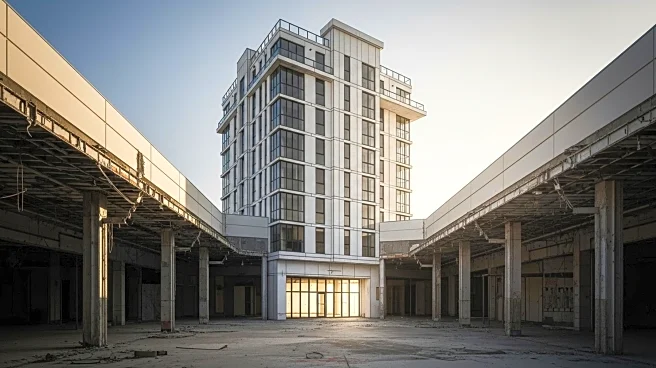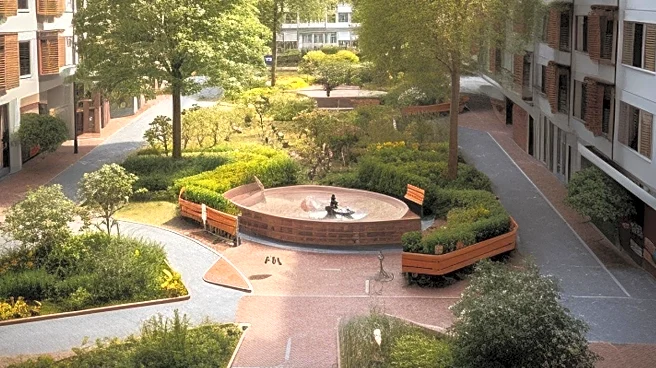What's Happening?
A study has explored the phenomenon of eastern areas in cities often being poorer than their western counterparts. The research suggests that historical pollution patterns, driven by prevailing westerly winds, have contributed to this disparity. Industrial pollution from factories was carried eastward, affecting the socioeconomic status of neighborhoods downwind. This pattern is particularly evident in older cities with established industrial histories, where eastern areas have faced long-term economic challenges.
Why It's Important?
Understanding the historical factors that contribute to urban poverty is crucial for developing effective policies and interventions. The study highlights the lasting impact of industrial pollution on community development and economic inequality. It provides insights into the complex interplay between environmental factors and socioeconomic status, informing urban planning and revitalization efforts. Addressing these disparities is essential for promoting equitable growth and improving living conditions in affected areas.
What's Next?
Urban planners and policymakers may use the findings of this study to inform strategies for addressing poverty and inequality in eastern areas of cities. Efforts to improve air quality and invest in community development could help mitigate the historical impacts of pollution. Further research may explore additional factors contributing to urban poverty, such as housing policies and transportation infrastructure. Collaboration between environmental and economic experts will be key in developing comprehensive solutions.
Beyond the Headlines
The study raises broader questions about the role of environmental justice in urban development. It underscores the need for policies that address historical inequities and promote sustainable growth. The findings also highlight the importance of considering environmental factors in economic analyses, where pollution can have long-term impacts on community health and prosperity. This research contributes to a deeper understanding of the challenges faced by urban areas and the need for holistic approaches to development.










